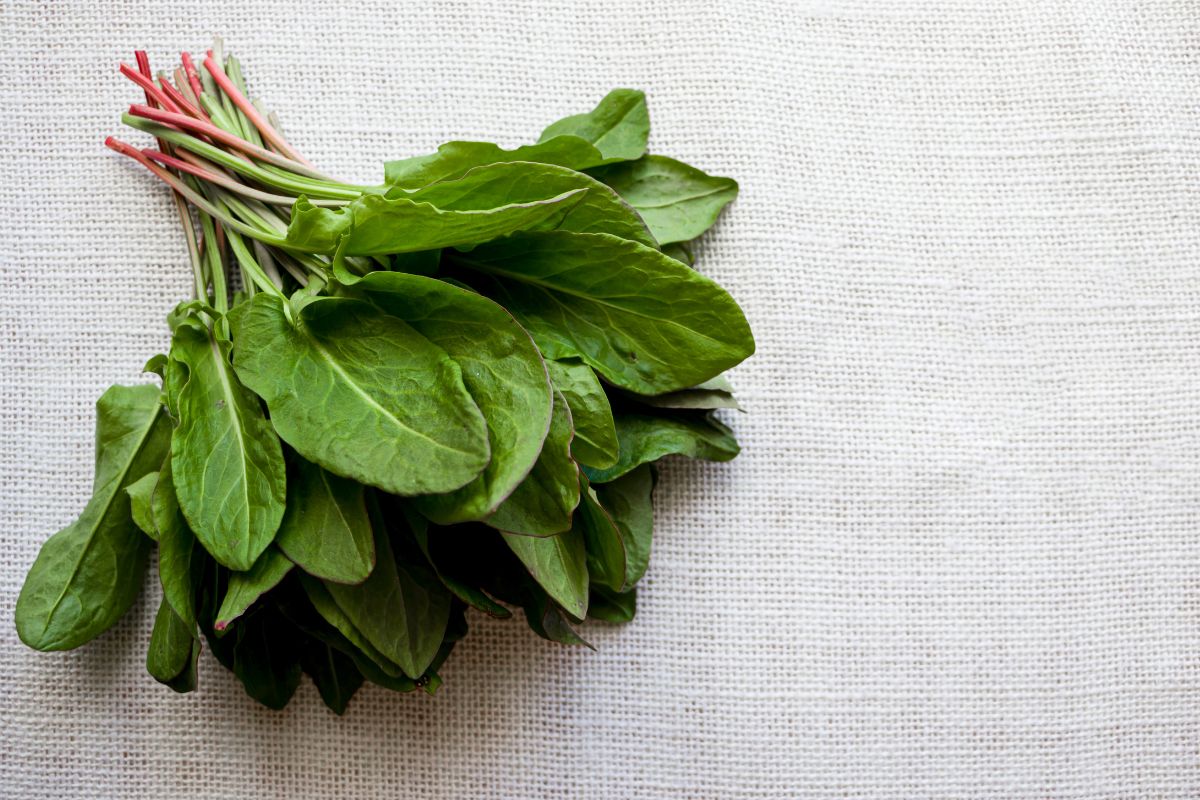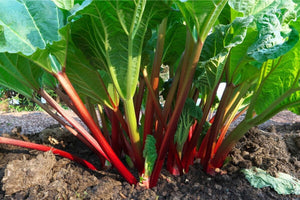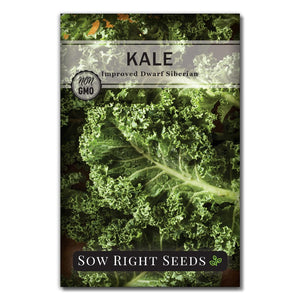Easy Guide to Growing Sorrel from Seed – Annual or Perennial Success
Leafy greensGreen, lemony-tasting sorrel leaves (Rumex acetosa) are some of the first edible and nutritious leaves to emerge in spring. Grown either as a perennial or annual, you’ll appreciate this easy-to-grow leafy herb in your garden.

Sorrel is a perennial herb that can be grown from seed and will come back year after year with tender green leaves. This leafy green plant is an excellent choice for a permaculture garden. It’s a cool weather crop and can be grown as an annual with seeds sown in early spring and fall.
As a highly nutritious food, it is often foraged by hikers. But this easy-to-grow perennial can be added to your garden instead.
How to Grow Garden Sorrel from Seed
Sorrel is easy to grow from seed. You can start seeds indoors 3 to 4 weeks before the last frost date. Or wait until all danger of frost has passed and direct sow seeds in the garden.
Space sorrel seeds 6 to 12 inches apart. The amount of room you give your sorrel plants depends on whether you are growing them as a perennial or an annual.
As a perennial plant, garden sorrel grows larger and larger, spreading out each year. You will want to give them room to grow.
If you are growing sorrel plants as an annual, you can plant them a little closer, 6 to 8 inches apart, if you will be harvesting young leaves often.

Tips for fail-proof sorrel seed germination
Sorrel seeds are easy to sow
You can start seeds indoors or direct sow
Require light to germinate
Seeds germinate best in soil temperatures of 60-70ºF
Sorrel seeds should germinate in 7 to 14 days
When transplanting sorrel seedlings outdoors, wait until the danger of frost has passed. Although sorrel plant roots can survive in freezing temperatures, the leaves will freeze.
Take time to acclimate seedlings to the bright outdoor light by slowly hardening them off.
How to Grow Sorrel Greens
Once sorrel plants are established, they are a vital part of a permaculture garden. Perennials are especially valuable in early spring when you’re still waiting for the right temperatures to set out your warm-weather crops. Sorrel greens will sprout up, and you will have something fresh to eat.
Garden sorrel can also be grown as an annual which is what we usually do here at Sow Right Seeds. The smaller baby leaves are more tender for eating raw.
In the summer heat, sorrel plants will start flowering. When the flower stalks start emerging, you can cut them off to prolong the leaf production. Even when the flower stalks are cut off, the plant will continue to send out more flower stalks. You can let the plants go to seed and self-sow.
You can also plant sorrel in the fall. The leaves will die back after a hard frost, but the roots can survive in temperatures as cold as -20ºF.
Sorrel can be planted in seasonal flower beds or with other perennial plants and herbs. Some herbs that can grow well with sorrel are thyme and sage.
Sun
Sorrel will thrive in full sun to partial shade.
Soil
Water
Fertilizing
Solutions for pests and diseases
This beautiful plant doesn’t have any specific pests or diseases that are unique to sorrel. However, the usual culprits are slugs, snails, and aphids, which can be a problem. Use natural baits and deterrents for slugs and snails. Spray aphids off, and if needed, use other natural methods.

Harvesting Garden Sorrel
Sorrel leaves can be harvested one leaf at a time or cut off in bunches at the soil level.
Leaves that are about 4 inches long are a good size to start harvesting as the younger leaves are more tender and better in raw dishes. Cooked sorrel shrinks down considerably, so you may need a lot more than you think.
Once sorrel plants start flowering, the leaves become more bitter. At this point, you can pull out the whole plant and replant it from seeds. Or allow the sorrel plant to continue growing to enjoy as a perennial.
Sorrel root clumps will grow larger and larger. You may want to divide often to contain a perennial sorrel plant. You can pull up roots or sections from the outer growth and replant these somewhere else.

Sorrel FAQs
Is sorrel the same as spinach?
Can I grow sorrel in containers?
Does sorrel have oxalic acid?
Yes. Almost all plants have oxalates. Those with higher amounts include black tea and spinach.
Source: WebMD - Foods High in Oxalates
Is sorrel the same as hibiscus?
Garden sorrel (Rumex acetosa) is not the same plant as Hibiscus sabdariffa (Jamaican sorrel or Rosella)
Sorrel is a vibrant, easy-to-grow green that brings zesty flavor and early-season nutrition to your garden. Whether you're adding it to spring salads, using it as a perennial in a permaculture setup, or tucking it into containers, sorrel is a reliable and rewarding plant to grow from seed.








Leave a comment